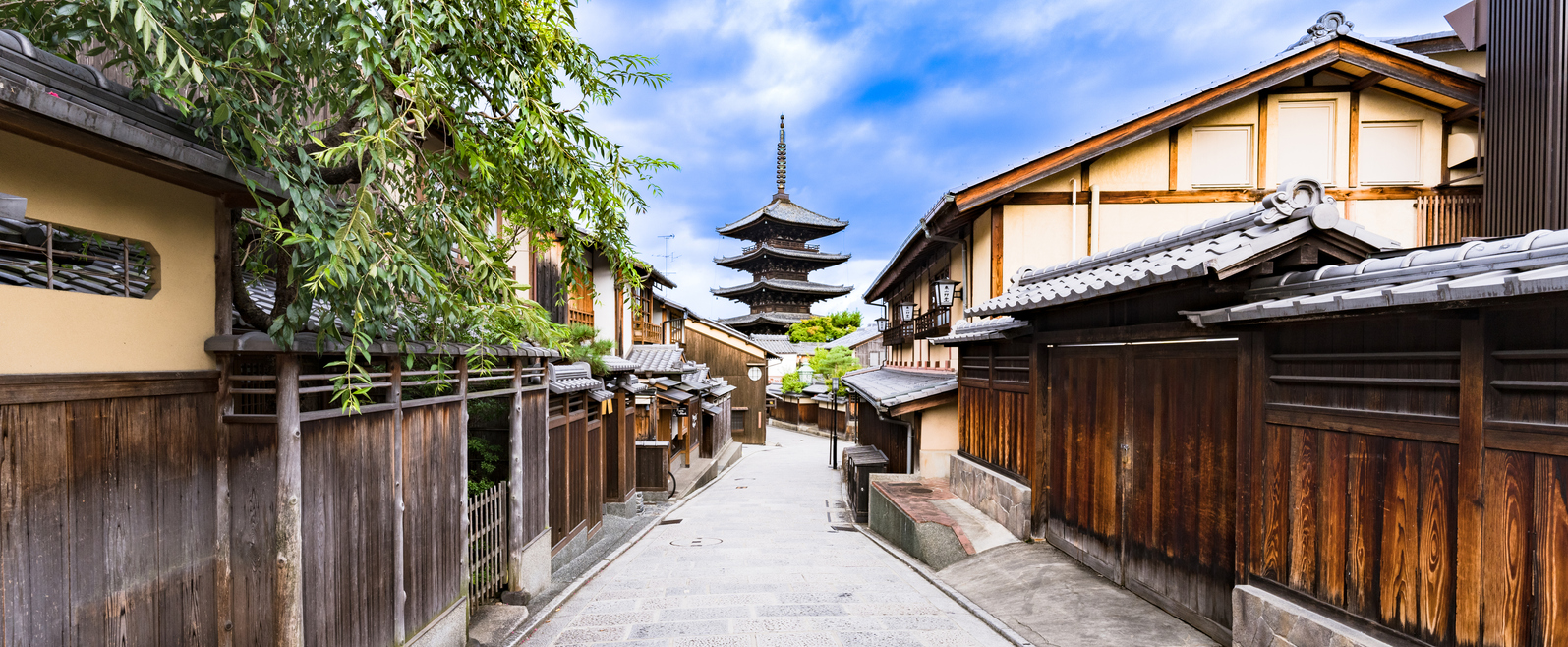2024/09/30
Expansion of the Inbound Economy Continues: A Holistic Reassessment of the 'Omotenashi' (Heartfelt Hospitality) Approach is Necessary

Department store sales are performing well, with national department store sales in July reaching 501.1 billion yen, a 5.5% increase year-on-year. This marks the 29th consecutive month of growth, driven primarily by inner-city department store sales, which account for approximately 80% of the total sales. (According to data from the Japan Department Stores Association). Department store sales in the 10 major cities attained 392.1 billion yen, an 8.2% increase year-on-year and the 34th consecutive month of growth. The robust performance in urban areas is boosted by strong inbound demand for high-priced goods. Duty-free sales in July alone reached 63.3 billion yen, up 2.3% year-on-year and roughly 2.2 times the figure from July 2019, prior to the COVID-19 outbreak. The cumulative total from January to July this year hit 397.8 billion yen, already surpassing the record-high annual sales of 2023.
In fact, the number of foreign visitors (visitor arrivals) to Japan achieved a new record in the first half of 2024 (January to June), totaling 17.77 million. This is 1 million more than the same period in 2019 before the outbreak of coronavirus pandemic. (According to data from the Japan National Tourism Organization). Also, in July alone 3.29 million arrivals were registered, a 41.9% increase from the same month last year, which was the highest number for a single month. Among arrivals to Japan by country, China ranked first with 776,000 visitors. However, this figure was 26% lower than pre-COVID levels, influenced by a significant shift from group tours to individual travel. On the other hand, visitors from 19 countries, including South Korea, the USA, Canada, Australia, the Philippines and Indonesia, reached their highest numbers in any previous July. The recent shift in the profile of foreign visitors, combined with the weak yen, is driving demand that differs in nature from the so-called ‘bulk buying’ craze noted before the pandemic.
Meanwhile, overtourism is becoming a serious issue. In Kyoto, residents are complaining about losing access to public buses, while visitors’ illegally dumping trash is causing problems. Besides, conflicts between “tourists and residents” and those between “tourists and local administrations” have surfaced. Recently, Mt. Fuji garnered attention due to a large ‘black mesh screen’ placed in front of a convenience store, a spot popular for its photogenic view shared on social media. The screen was installed as a countermeasure in response to complaints about the surge in tourists. Furthermore, the Yamanashi prefectural government has implemented several measures to limit tourism around Mt. Fuji, including installing gates on hiking trails, closing trails at night, and imposing climbing fees. Clearly, foreign tourists are not the only ones contributing to the harassment, but the sheer volume of visitors in specific spots has become unsustainable.
The economic impact of inbound tourism is significant, and industries along with local public and private sectors are eager to capture foreign demand competitively. However, a kind of incoherency has emerged when looking at the situation as a whole. One such example is the controversy surrounding the ‘reduction of Midori-no-madoguchi’ (manned ticket offices) of the East Japan Railway Company (JR East). The plan to decrease the number of stations with these ticket offices was abandoned halfway through in May this year, following widespread criticism over the excessive inconvenience it caused. The failure is largely attributable to the company’s efficiency-driven, ‘self-serving approach’, which lacked consideration for users, including inbound tourists. Likewise, the issue of overtourism stems from the similar ineffective approach. Despite advocating catchy phrases like ‘Quality first is the key’ or ‘Our target is the wealthy’, it will be difficult to realize the goal of becoming a tourism-oriented nation unless pressing issues such as a user-unfriendly public transportation system, poor sanitation in certain areas, and long queues everywhere are resolved. Most importantly, gaining the support and approval of local residents is crucial to promoting tourism. In short, a holistic approach is necessary to maintain and enhance the overall attractiveness of Japan.
This Week’s Focus, 9.1 – 9.5
Takashi Mizukoshi, the President